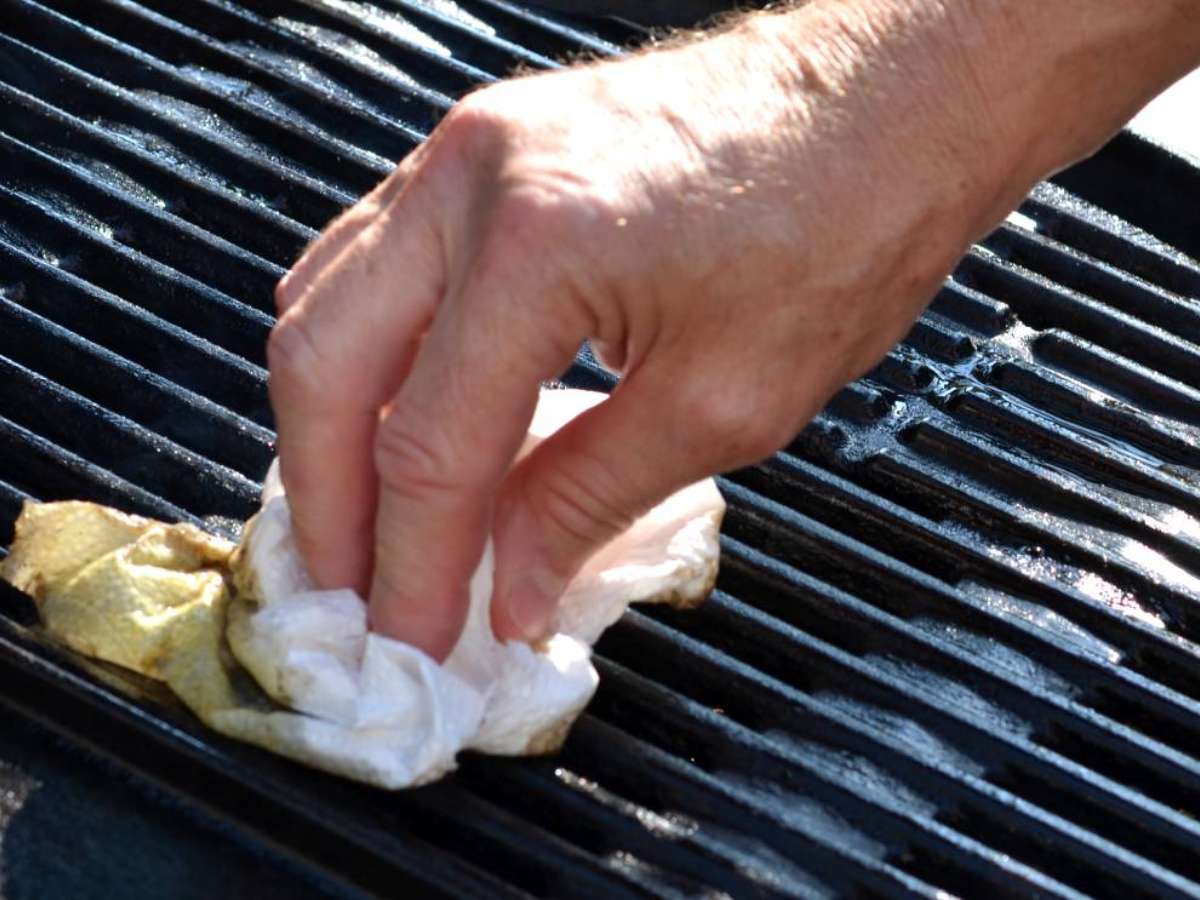 Would you eat Slimehead? What about Patagonian Toothfish or Goosefish?
Would you eat Slimehead? What about Patagonian Toothfish or Goosefish?
No?
Well, if you’ve eaten Orange roughy, Chilean Sea Bass or Monkfish then you have.
Those are new, tastier-sounding names for fish that otherwise wouldn’t have much market value. They are also 3 fish that a new study, released in the journal “Science,” says are part of the 63% of the sea’s fish that are in danger and below healthy levels.
I read about the report in the Washington Post. And while the overall report warns of the collapse of seafood stocks if current fishing conditions continue and nothing is done to help these fish regain their numbers, I found the effects of renaming on populations interesting.
As the Washington Post article reported:
Some of those worst-hit were fish that have been renamed to make them more marketable. For threatened animals on land, a more attractive name might be a blessing. But for these creatures — slimeheads, goosefish, rock crabs, Patagonian toothfish, whore’s eggs — it was a curse … That fishermen have turned to them shows what’s left in the ocean. Today’s seafood is often yesterday’s trash fish and monsters.
 It also got me thinking about how renaming fish is done and if it’s monitored or regulated at all to ensure what’s called Chilean Sea Bass is really Patagonian Toothfish, or could it be anything? (By the way, the Patagonian Toothfish is no more related to bass than I am — other than the part about me not being a fish.)
It also got me thinking about how renaming fish is done and if it’s monitored or regulated at all to ensure what’s called Chilean Sea Bass is really Patagonian Toothfish, or could it be anything? (By the way, the Patagonian Toothfish is no more related to bass than I am — other than the part about me not being a fish.)
Turns out Washington has our back. The U.S. Food and Drug Administration has a seafood list with approved market names for fish and seafood.
From this I know that 16 different types of Abalone can be marketed as Abalone; but so can Sea Snail. And that Pelagic Crab can be marketed as Langostino Lobster.
Of course none of this has anything to do with taste (I’d enjoy that Patagonian Toothfish regardless), but without a recommendation from someone, I might not be as eager to try it for the first time off the menu.
But I’m less likely to order it by any name now since I’m trying to think more about eating sustainable fish. If you need help knowing what’s sustainable and what’s in danger, the Seafood Watch Program has online lists and information.
I’ve been in the food industry for years. Grilling and tailgating are my specialties. I’m also addicted to watching food shows on TV.




